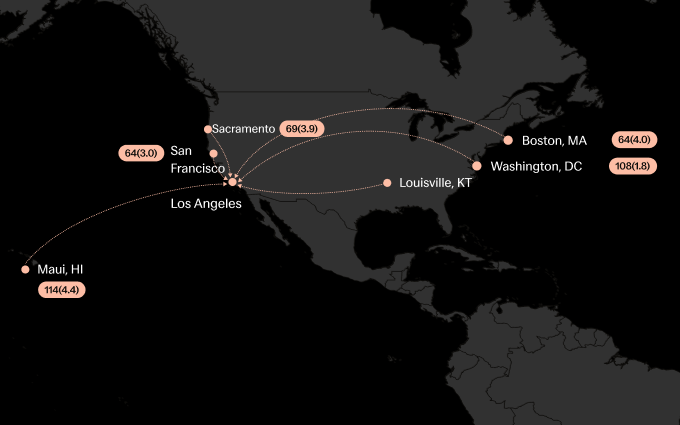Remedy Robotics in the AJNR

Remote Robotic Neurointervention: Overcoming Procedural and Connectivity Challenges
We are delighted that the American Journal of Neuroradiology has published the outcomes of our hospital integration and connectivity studies.
This article, written by an esteemed team of clinicians from across the University of California system — Gary Duckwiler, Charles Beaman, Michael Kilpatrick, Daniel Cooke, Kazim. Narsinh, Geoffrey Colby and Ben Waldau — together with our CEO Dr David Bell, provides a great overview of how the Remedy Robotics' technology will overcome barriers to remote robotic intervention that previously seemed insurmountable.
While the Remedy system has evolved since this study was completed in late 2023, the study outcomes remain incredibly important and represent a pivotal moment for robotic intervention and remote intervention.
What did this study show?
Up until now, remote robotic surgery/intervention has been used for one-off, highly orchestrated demos peel a grape or perhaps move a guidewire back and forth in a single vessel for pats on the back. This work is different.
In one afternoon, a robot was integrated into a clinical environment in Los Angeles and then operated by five different clinicians in four different locations from as far as 2,700 miles away. Each clinician used full robotic control to navigate from the femoral artery to M2, with independent control of five tools (two triaxial), control of contrast injection, and control of audiovisual communication. Machine learning was used to make control easy and safe and also to optimize visualization. Connectivity was measured for an extended period preoperatively and for all cases intraoperatively. Episodes of prolonged latency intraoperatively were safely handled.
Put simply, Remedy demonstrated that a system capable of entirely robotic procedures could be successfully integrated and used in a hospital environment.
This work was the catalyst for the Remedy Robotics team to buckle down and seriously dial in the system. We have now completed on-premise and remote cases in humans, which you can read about here and here.
Read all about it
You can read all about the study, its methods and outcomes, as well as detailed discussion online at the American Journal of Neuroradiology - the article is open-access and free to read.
Please contact us if you have any questions about the study or developments since then.



